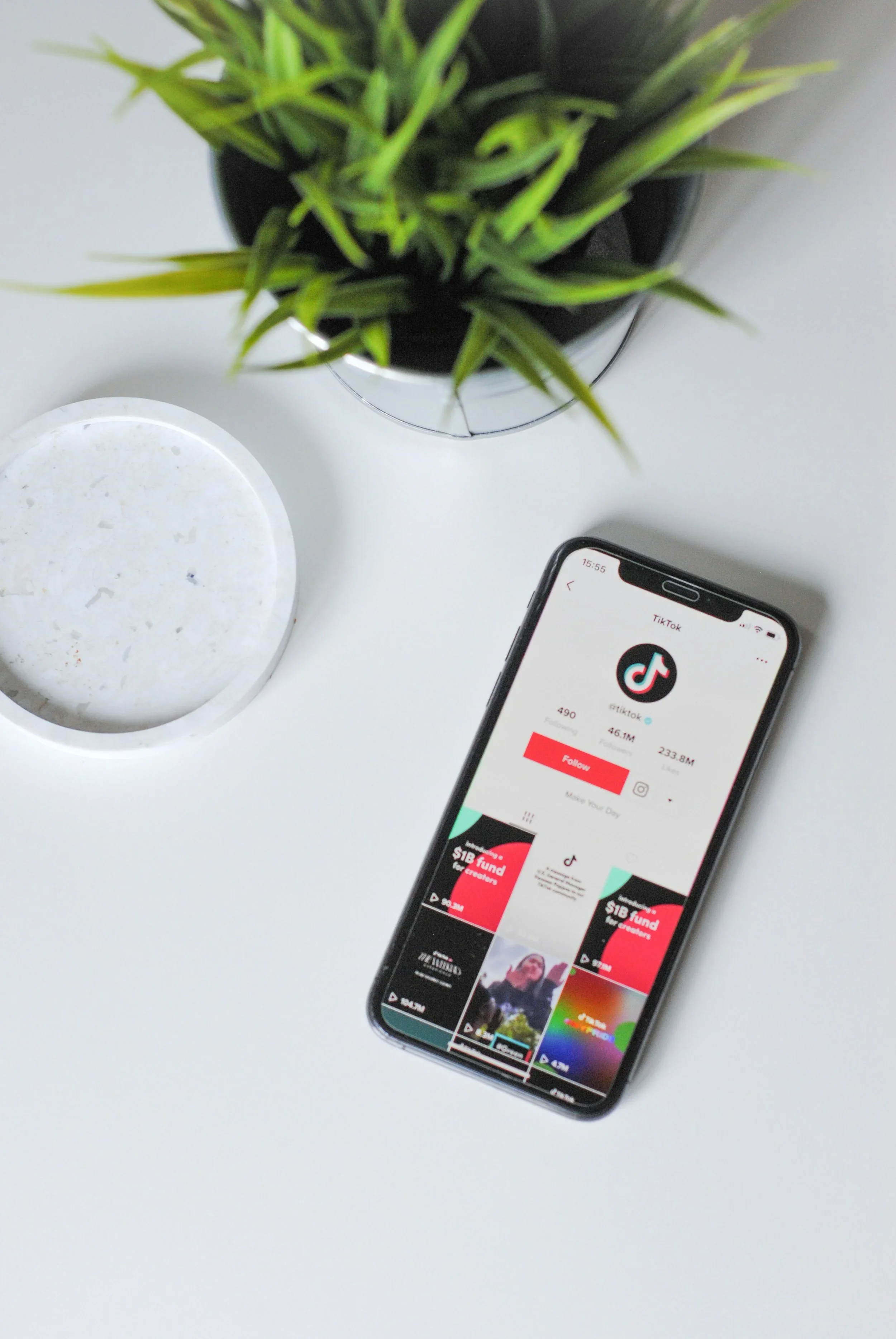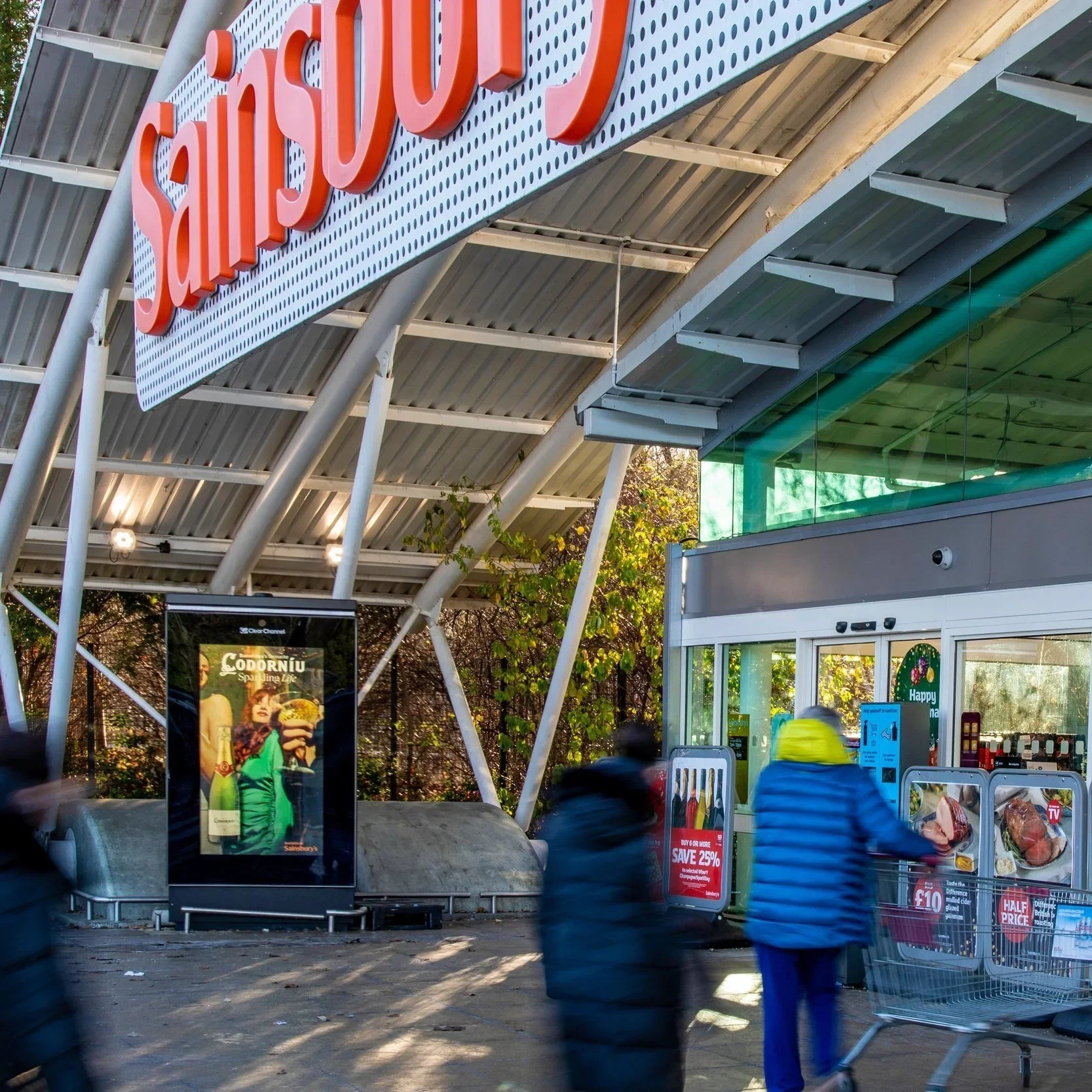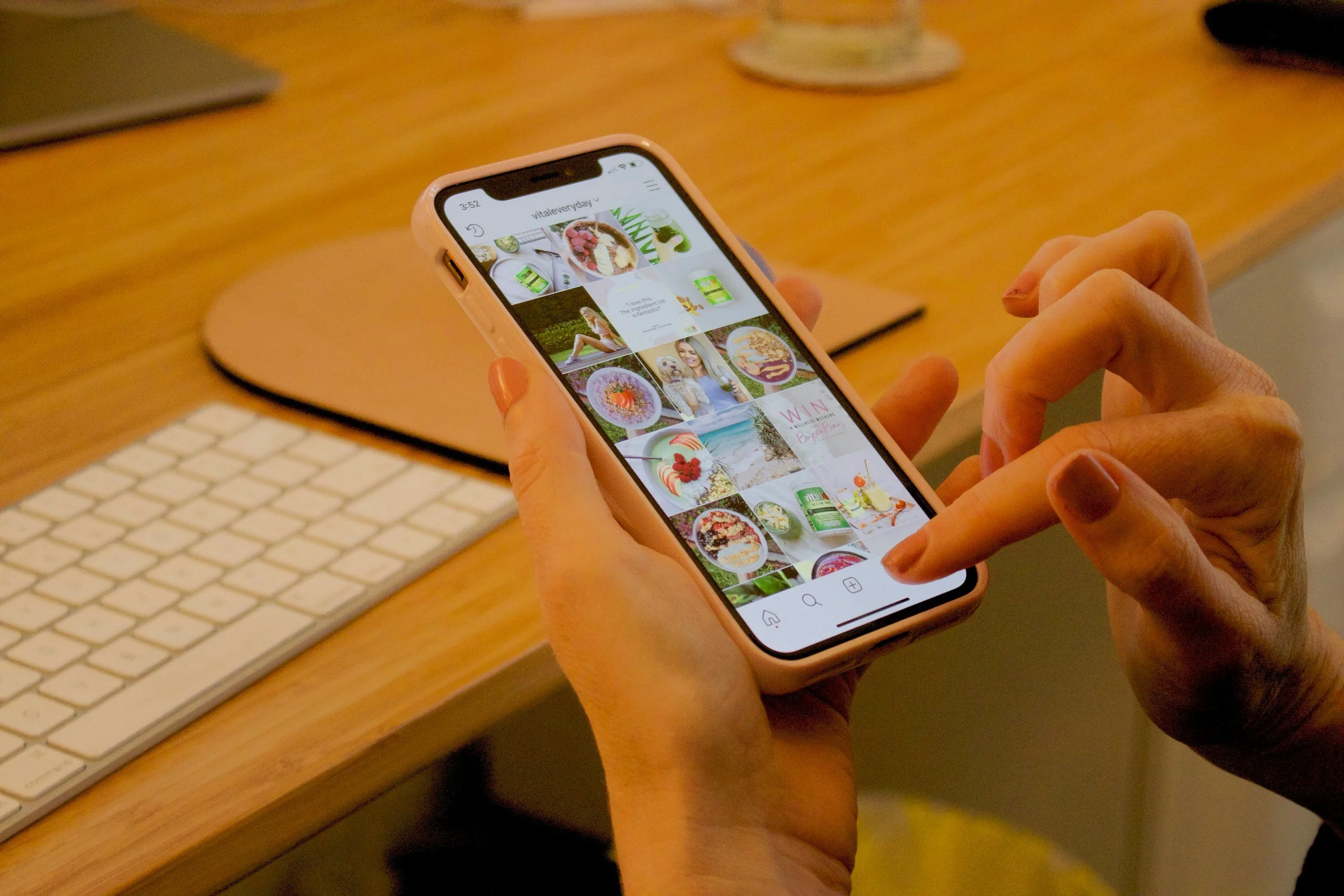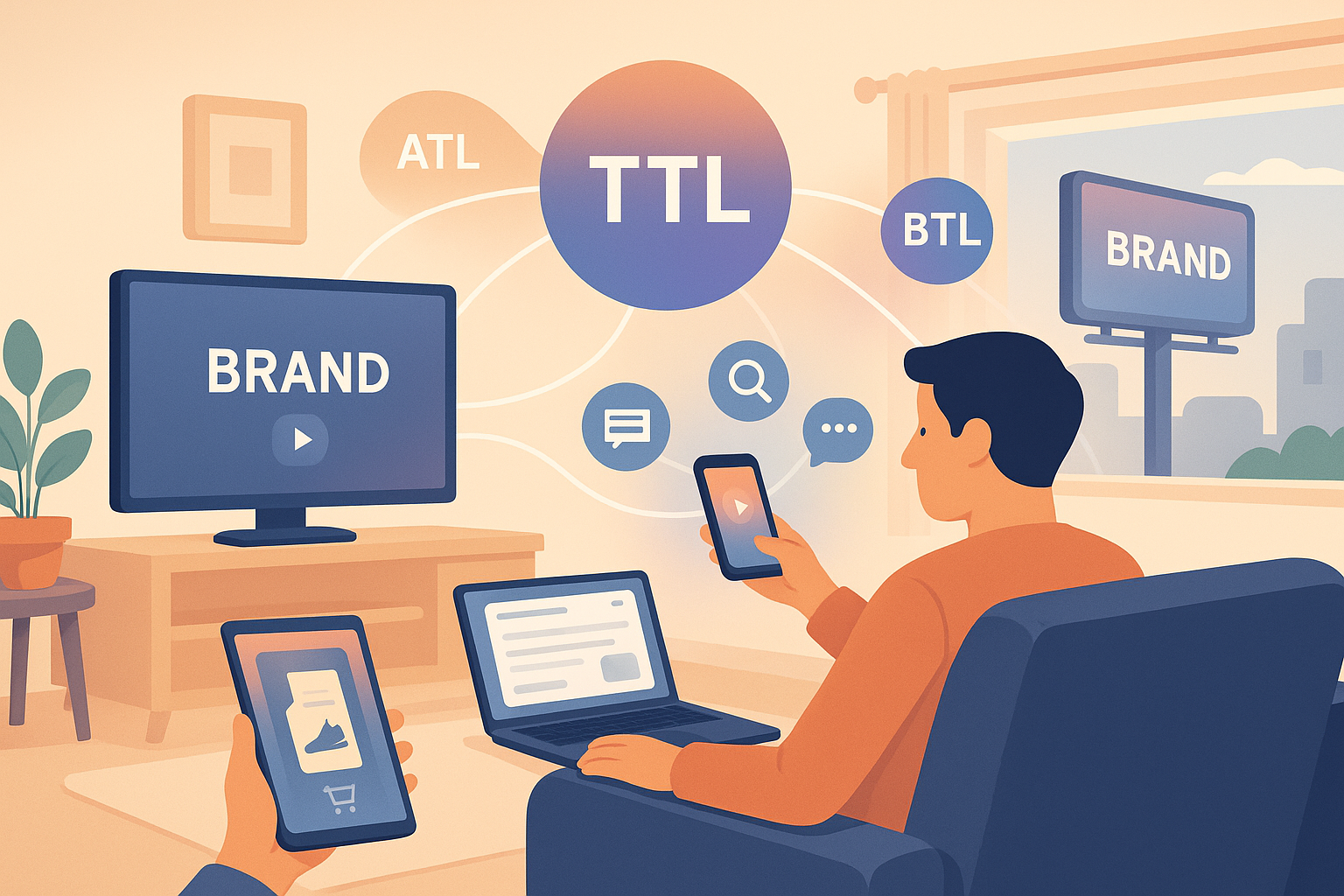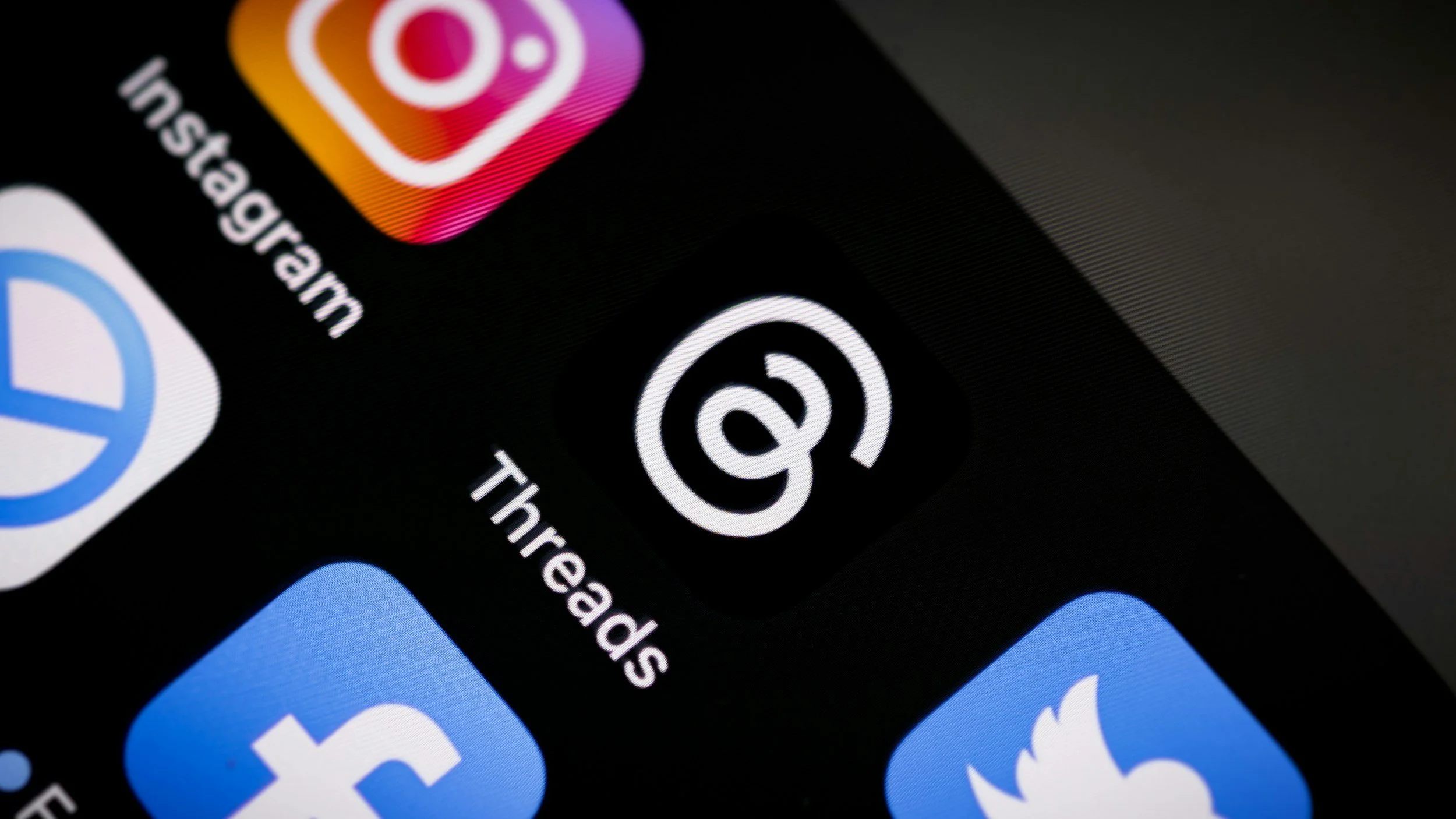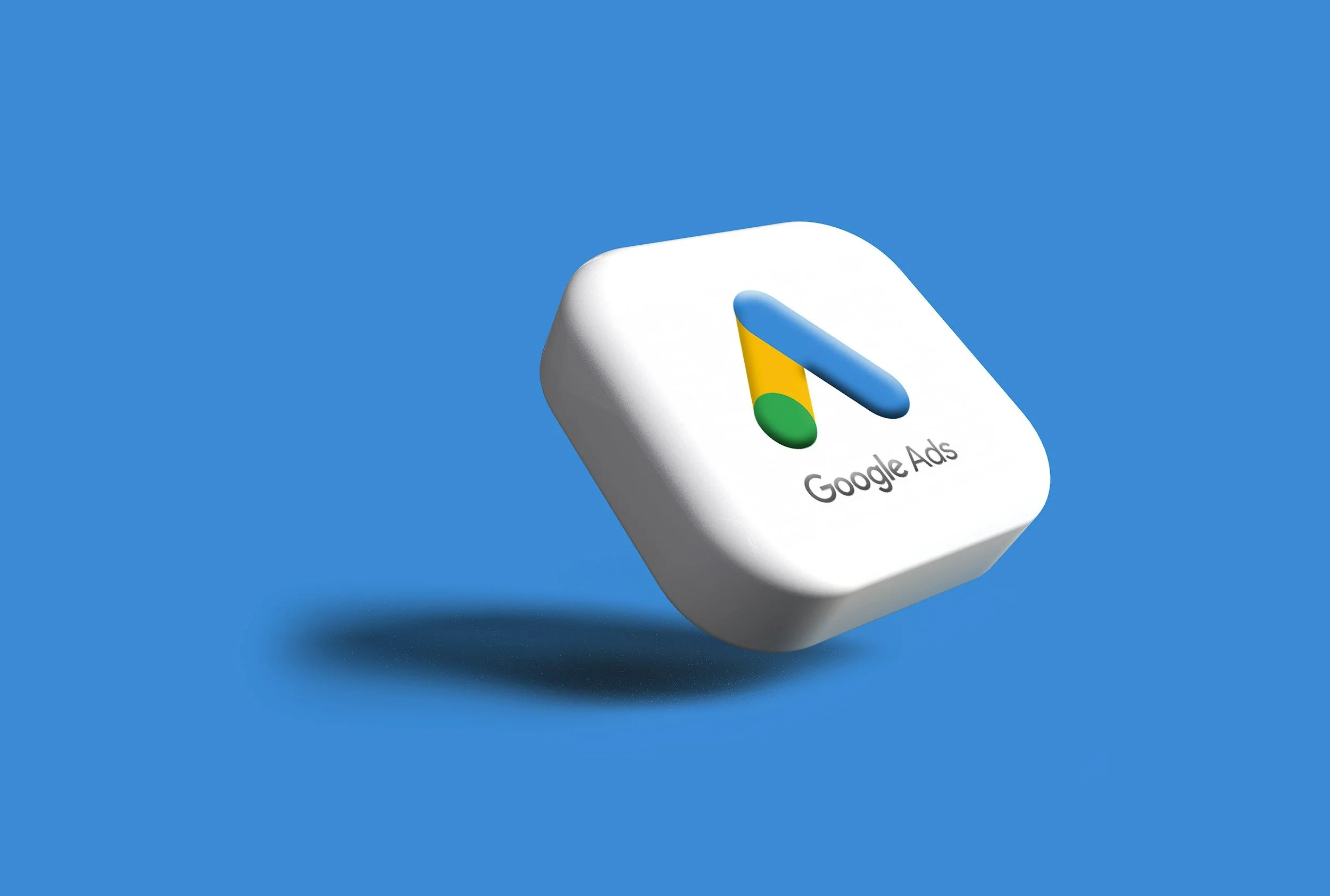How To Advertise Online
How To Advertise Online
Key Takeaways
Start with strong foundations
Understand your audience, set measurable goals and ensure your tracking is accurate before launching any campaign.Build step by step
Begin with Google and Meta as your foundational channels. Test, learn and expand gradually into other platforms as results grow.Use expertise strategically
An integrated agency like One Day Agency can help you plan, create and optimise campaigns across multiple platforms, but the fundamentals start with you.
Advertising online has become an essential part of business growth, yet for many marketers and business owners, it can feel overwhelming. From Google Search and Shopping to Meta, TikTok and programmatic ads, the sheer number of options can make it difficult to know where to begin.
This guide breaks down exactly how to advertise online, from starting small and testing affordably, to scaling campaigns efficiently. It also explains how an integrated agency such as One Day Agency can help you plan and manage campaigns when you are ready to grow.
Introduction: Why Online Advertising Matters
Every modern business needs a digital presence, but simply having a website or social media account is no longer enough. Advertising online allows businesses to reach audiences at scale, measure results precisely, and build brand awareness faster than any traditional medium. Yet, success in digital advertising is not just about spending money. It is about clarity of purpose, understanding your audience, and using the right mix of tools and channels at the right time.
The most effective advertisers follow a staggered approach. They start small, use automation and data to learn what works, and then scale up with confidence. Whether you are working with a small monthly budget or managing national campaigns, the principles are the same.
Step 1: Understand Your Audience and Your Goals
Before running any campaign, you must know who you are trying to reach and what you want them to do. Online advertising allows for remarkable precision, but that power is wasted without a clear strategy.
Start by defining your audience. Who are your customers? What problems do they need solved? What motivates them to buy? Look at your existing data, social media insights, website analytics, and customer feedback. The better you understand your audience, the more effectively you can target them.
Next, set measurable objectives. Do you want to drive traffic, generate leads, increase sales, or raise brand awareness? Each goal requires a different channel, message and creative approach. A campaign designed to build awareness will look very different from one focused on conversions.
Step 2: Build a Solid Foundation Before Spending
Even the best ad campaign will struggle if your digital foundations are weak. Before you invest in advertising, make sure that your website and tracking are in order.
Ensure your website loads quickly, looks professional, and is mobile-friendly. The majority of users now access content from their phones, and a slow or confusing site will cause visitors to drop off before converting.
Set up tracking tools such as Google Analytics 4 (GA4), the Meta Pixel and Google Tag Manager. These tools allow you to see exactly how people interact with your ads and what happens once they reach your site. Without this data, you will not be able to measure success or improve your campaigns.
For small businesses, these are simple free tools that take a few hours to set up. For larger brands, a deeper analytics setup that connects multiple platforms and conversion events may be needed. In both cases, clean data is essential.
Step 3: Start Small, Learn Fast
If you are new to online advertising, start small and focus on learning rather than immediate profit. Every campaign you launch is an experiment. Your first few weeks of advertising should be about testing messages, audiences and creative ideas to see what resonates.
For Small Budgets
Begin with the two most foundational channels: Google and Meta.
Google Search and Shopping Ads capture people who are actively looking for your products or services. These users already have purchase intent, which means you are speaking to them at the right time. Focus on a small number of highly relevant keywords, write clear, action-focused ad copy and direct users to a dedicated landing page that matches their search intent.
Meta Ads (on Facebook and Instagram) help you build awareness and reach audiences who may not know you yet. Use simple but engaging visuals or short videos. Meta’s automated campaign tools, such as Advantage+ Shopping or Advantage+ Audience, can help smaller advertisers find the best audiences without needing advanced expertise.
A starting budget of £10 to £20 per day on each platform is enough to collect useful data. After two weeks, analyse the performance: click-through rate, cost per acquisition, and conversion rate. Then focus your spend on what works best.
For Larger Budgets
If you have more resources, you can layer your campaigns. Combine Search and Shopping to capture intent, use Meta or TikTok for storytelling and discovery, and add YouTube or Programmatic Display to expand reach.
Automation tools such as Google Smart Bidding and Meta’s AI-driven delivery can optimise your campaigns for conversions while you focus on creative and strategy. Even at scale, success still depends on continuous testing and iteration.
Step 4: Use Creative That Feels Real
Online audiences are savvy. They ignore generic stock imagery and overly polished advertising that feels forced. The best-performing content often looks and sounds authentic.
User-generated content (UGC) has become a powerful tool. Encourage customers to share short videos or photos showing your product in action, and repurpose this content for ads. It is relatable, trustworthy and typically cheaper to produce than traditional creative.
Micro-influencer partnerships are another affordable way to promote your brand. Influencers with small but highly engaged audiences can generate genuine trust and conversions. For bigger budgets, consider using the same approach but at greater scale through influencer campaigns or creator partnerships.
The key is to create content that feels human. Whether it is a behind-the-scenes clip, a how-to tutorial, or a real testimonial, authenticity consistently performs better than perfection.
Step 5: Master the Foundational Channels
While there are countless ways to advertise online, two platforms remain essential for nearly every business: Google and Meta.
Google Ads
Google Search and Shopping campaigns remain the backbone of most online advertising strategies. They allow you to capture active intent — people searching for exactly what you offer.
Small businesses can start with a handful of keywords related to their product or service, and build from there. Larger brands can explore advanced formats such as Performance Max, Dynamic Search Ads and Remarketing Lists for Search Ads.
Always align your ad copy with what users are looking for. A well-written headline and a clear call-to-action can dramatically improve click-through rates.
Meta Ads
Facebook and Instagram remain powerful for discovery, engagement and retargeting. Meta’s targeting options allow you to reach audiences based on interests, behaviours and demographics.
Short video content and carousel ads tend to perform best, as they encourage users to interact. For smaller advertisers, one or two strong creatives can run effectively for weeks. For larger advertisers, creative variety and regular updates are vital to avoid ad fatigue.
Step 6: Experiment Beyond the Basics
Once you are comfortable with Google and Meta, you can start expanding your reach with additional platforms and tactics.
YouTube is excellent for brand storytelling and education. TikTok offers incredible organic reach and strong paid performance when you use native creator content. LinkedIn works well for B2B targeting, while programmatic advertising helps larger brands reach audiences across multiple websites and apps.
Smaller businesses can also experiment creatively through community engagement. Reddit Ads, for instance, allow you to target niche audiences who discuss your industry. Participating authentically in these spaces often delivers more impact than traditional advertising.
Offline activations can complement online campaigns too. Pop-up events, local sponsorships and guerrilla marketing can all feed into your digital ecosystem through content, PR coverage and retargeting.
Step 7: Measure, Optimise and Scale
Online advertising is never static. Continuous testing and optimisation are what turn average campaigns into great ones.
Review your analytics regularly. Look at metrics such as click-through rate (CTR), conversion rate, cost per click (CPC) and return on ad spend (ROAS). Identify what is working and reallocate the budget accordingly. Test one variable at a time — for example, changing only the headline, image or audience — so you can see what truly influences results.
As you scale, focus on building efficiency. Use automation tools, retargeting campaigns and lookalike audiences to maximise returns. Larger advertisers should explore cross-channel attribution and incrementality testing to understand which ads are genuinely driving results.
Step 8: When to Work with an Integrated Agency
At some point, managing multiple campaigns, channels and creatives can become complex and time-consuming. This is where partnering with an Integrated Agency such as One Day Agency can make a significant difference.
An integrated agency combines strategy, creative production and media buying under one roof. This means campaigns are not only well-planned but also consistent in tone and message across every channel. Agencies can help businesses:
• Build a long-term advertising strategy that aligns with wider marketing goals.
• Produce engaging, high-quality creative for different platforms.
• Optimise campaigns across multiple channels for maximum return.
• Access premium placements or advanced targeting tools not always available directly to advertisers.
Agencies are not only for big brands. Many offer project-based support or short-term planning services for smaller businesses that need expertise but want to stay hands-on with day-to-day management. The right agency partnership helps you scale efficiently without losing control of your brand.
Step 9: Avoid Common Mistakes
There are a few pitfalls that often limit advertising success. Avoid these and you will save both time and money.
• Launching campaigns without tracking in place.
• Using the same creative for all platforms.
• Expanding to too many channels too quickly.
• Neglecting website performance and mobile optimisation.
• Stopping campaigns too early before data has stabilised.
Patience and discipline are essential. Digital advertising takes time to gather enough data to make reliable decisions.
Step 10: Keep Learning
Digital advertising evolves constantly. Algorithms, formats and best practices change every few months. Staying informed gives you an edge.
Take advantage of free training from platforms such as Google Skillshop, Meta Blueprint, and TikTok Academy. These resources teach both fundamentals and advanced techniques, helping you stay ahead of competitors.
By continually improving your skills, you will make better decisions and use your budget more effectively — whether you are running campaigns yourself or collaborating with an agency.
Conclusion
Advertising online is not about how much you spend but how strategically you approach it. Success comes from understanding your audience, starting small, testing continuously and scaling what works. For small businesses, this means mastering foundational channels and using automation tools to stretch your budget. For larger advertisers, it means managing multiple channels cohesively, maintaining creative consistency and measuring incrementality.
The digital world rewards curiosity and adaptability. Keep learning, stay data-driven, and never stop testing new ideas. When you are ready to take your advertising to the next level, an integrated agency such as One Day Agency can provide the planning, creative execution and media buying expertise to help your business grow with confidence.
With the right approach, every business — large or small — can advertise online effectively and build lasting connections with its audience.
Find out more about online advertising. We help companies advertise on Instagram, Facebook, Youtube and more.


